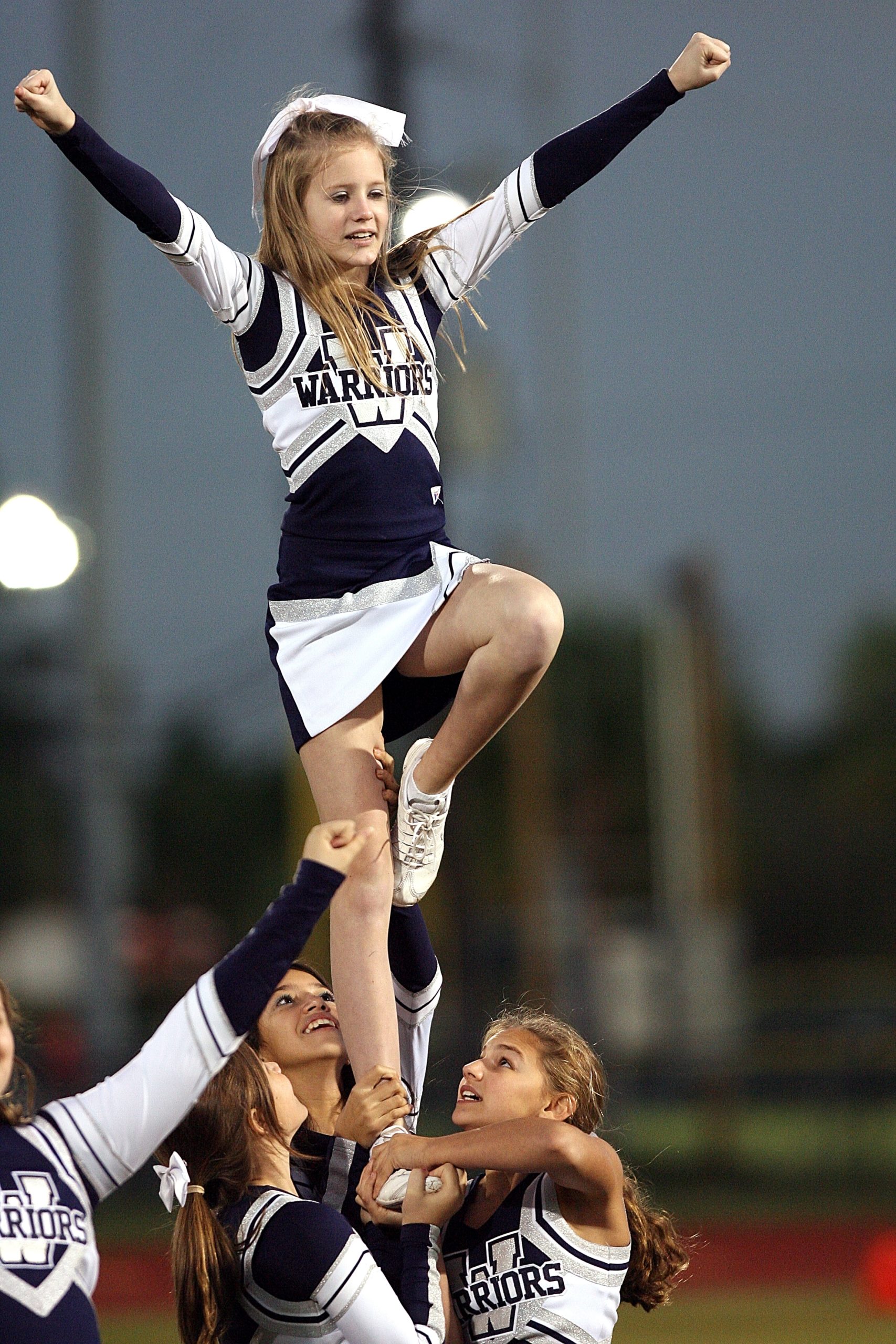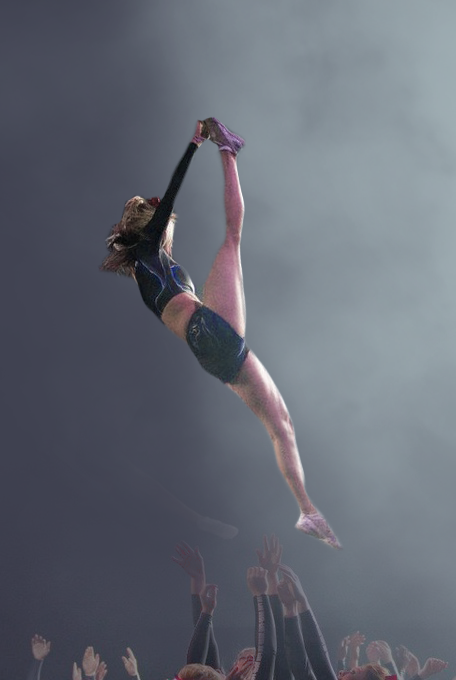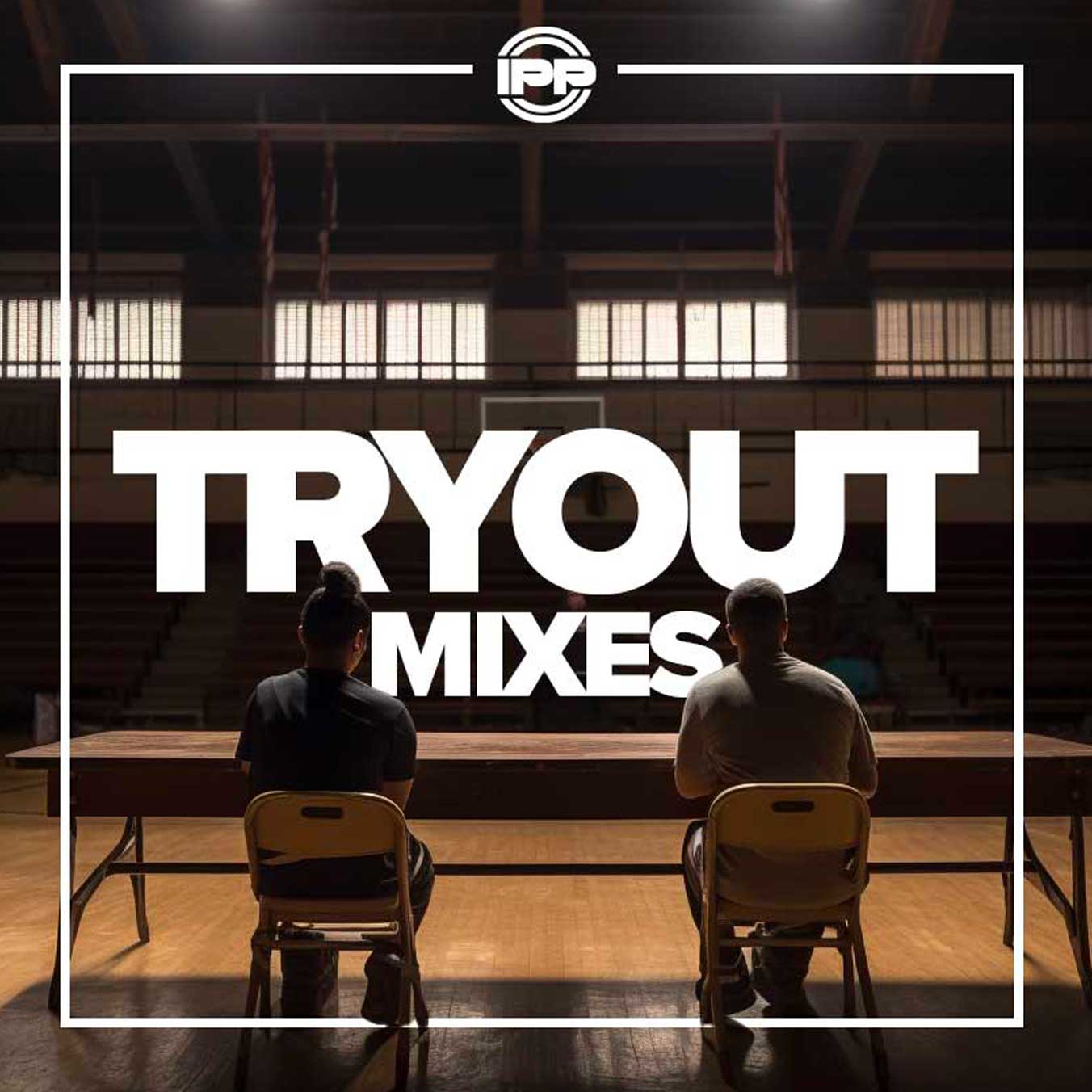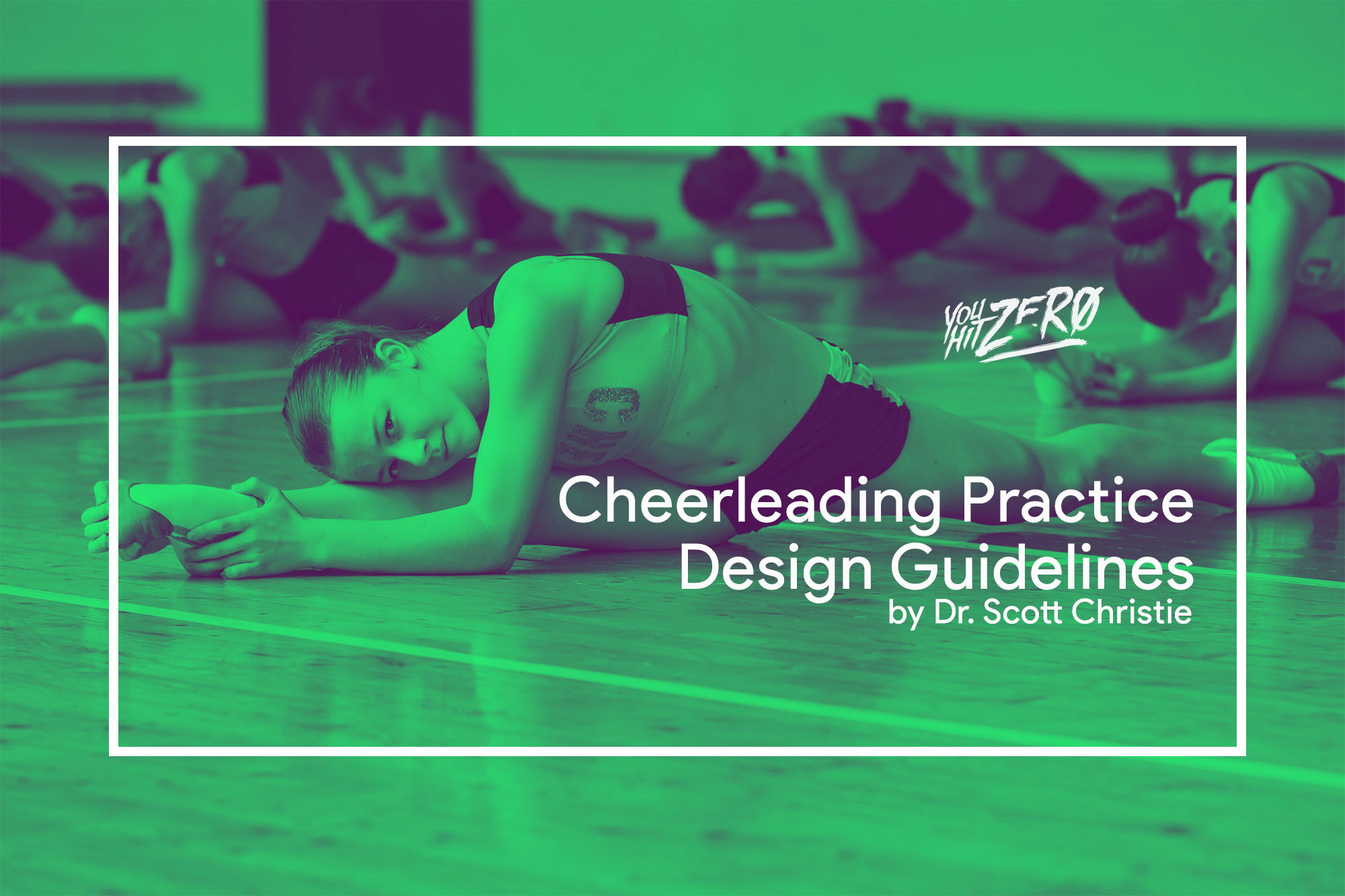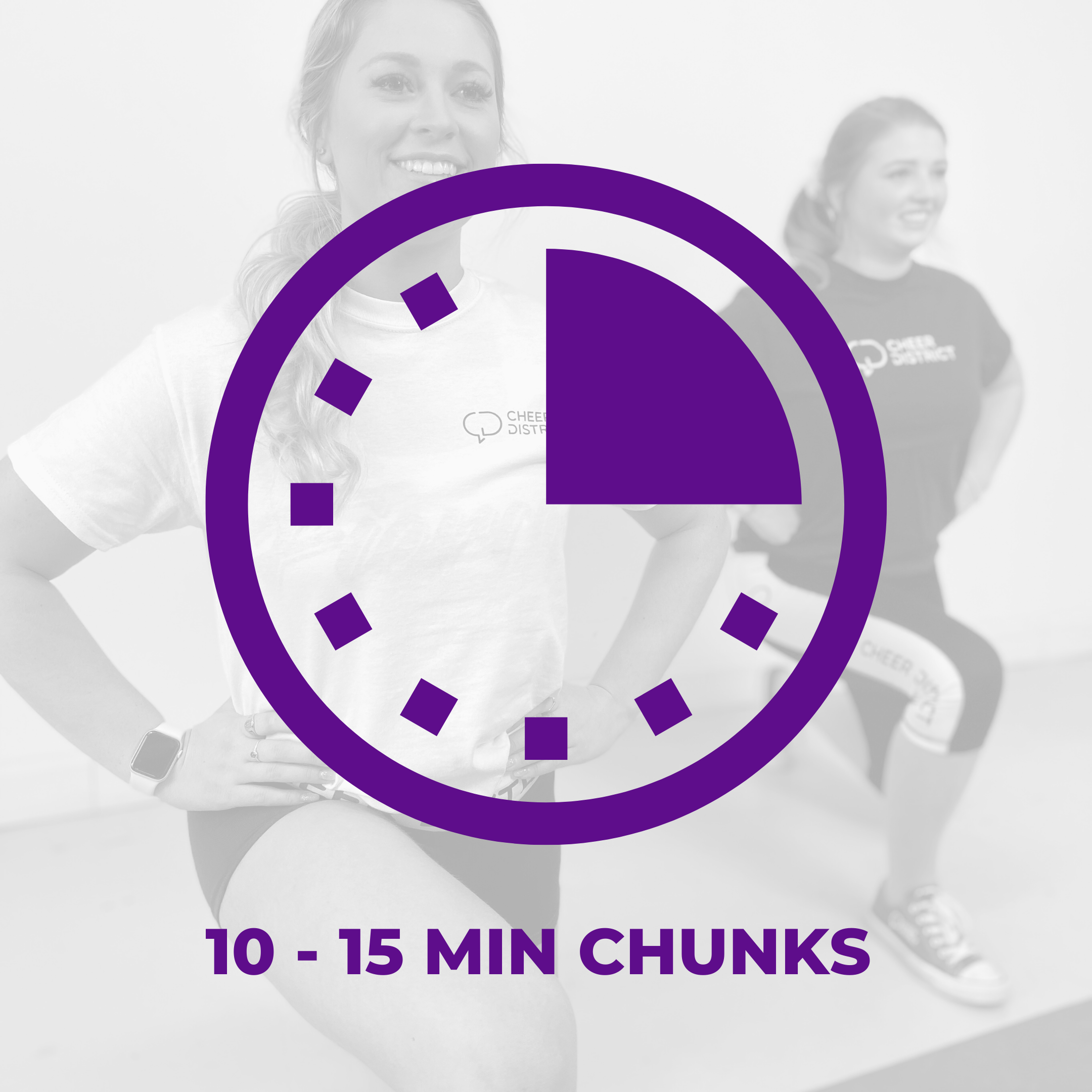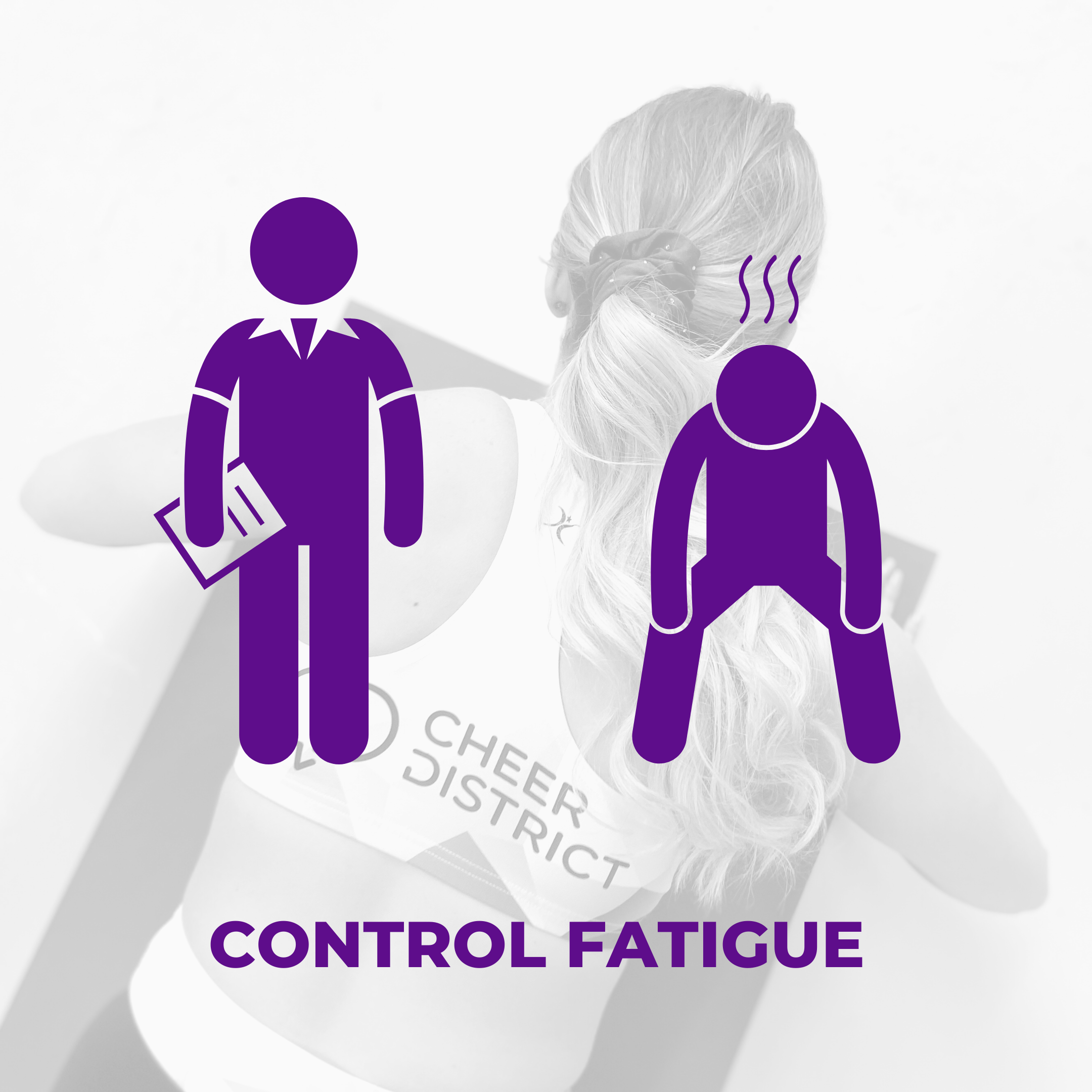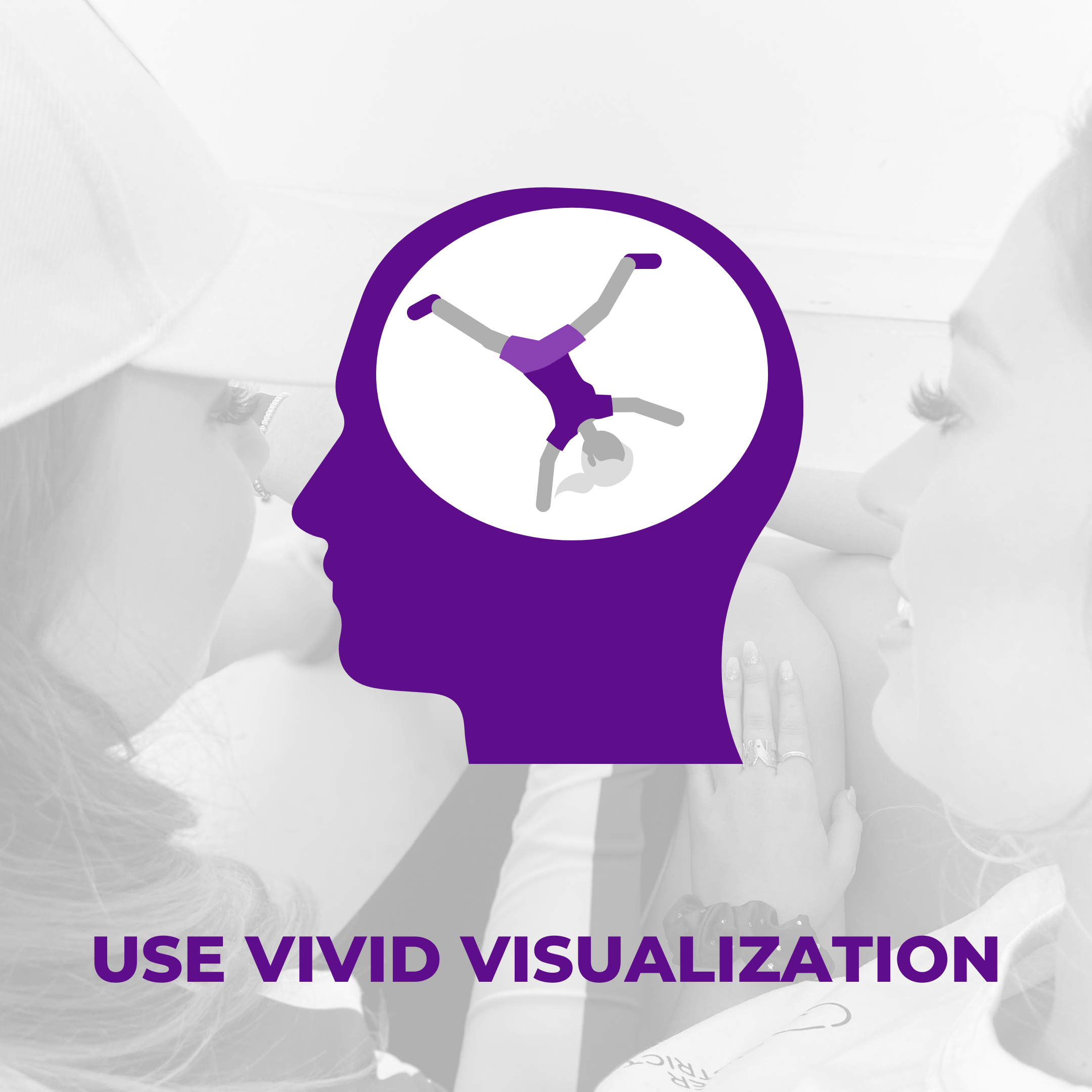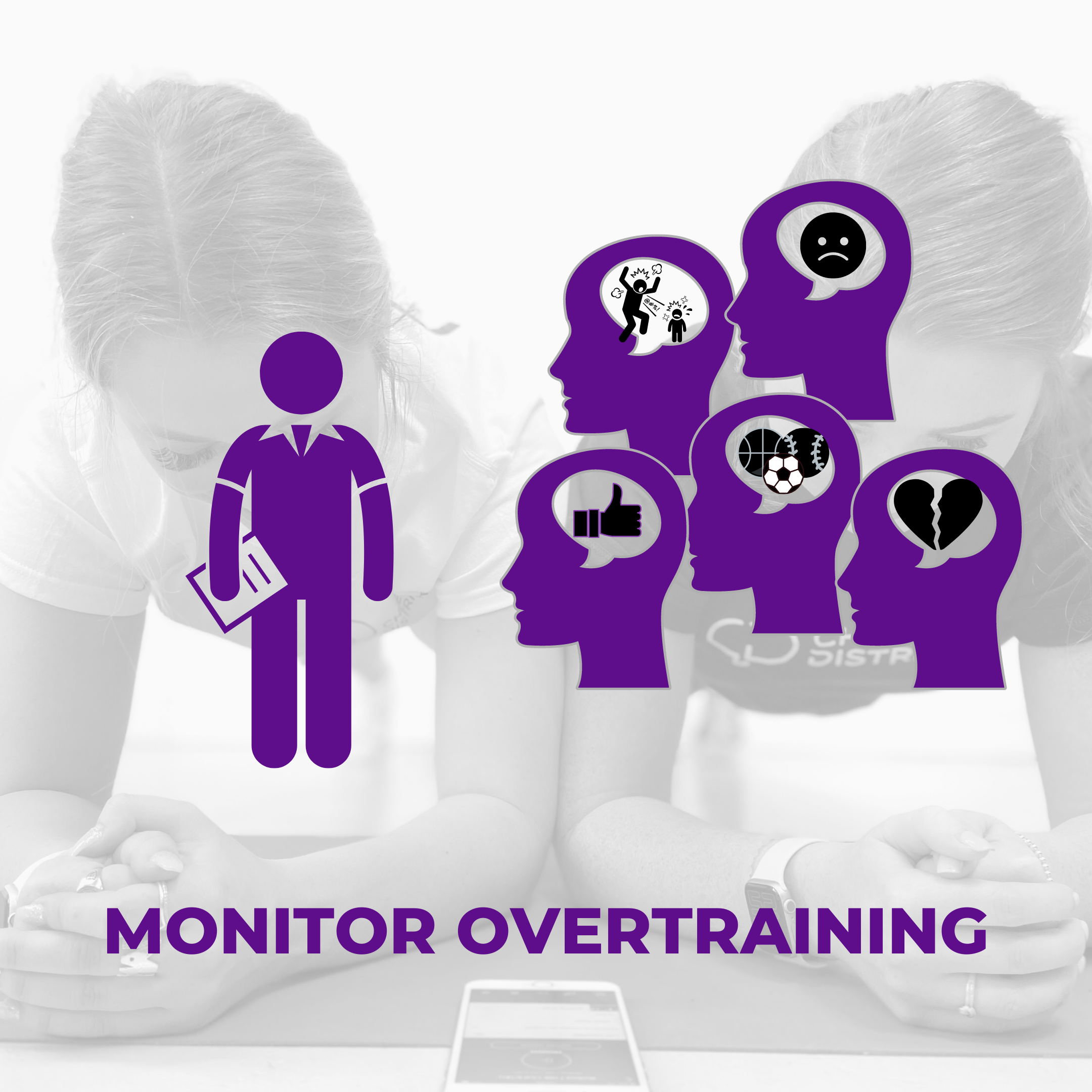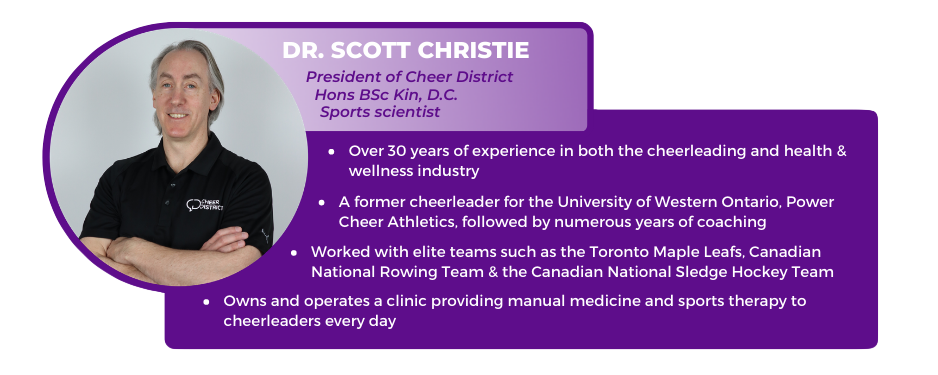By Dr. Scott Christie
Published September 24, 2020
Did you know there are three main determinants of your flexibility potential?
They are:
-
Your neuromuscular system
-
Your joint capsules
-
Your joint structure
Neuromuscular System:
Your nervous system and muscles are the largest determinant of your range of motion. The brain will create tension in the muscles surrounding a joint in order to protect it as you move closer to an end range of motion.
The reason the nervous system does this is to ensure your joint stays in place and does not move out of place. Therefore, the stronger you are or the more stable your joint is as it gets closer to its end range, the greater range of motion can be achieved.
How do we create a greater range of motion?
The best way to improve your range of motion in this scenario is to use different contract and relax methods.
For example, use a partner, lie on your back, have your partner help you move into a heel stretch position. Once you are in position, resist your partner who is trying to push your leg further.
Do this for 5 seconds then relax. Repeat 5 more times. You can also do this with a stretching strap.
Joint Capsules:
The second area of restriction comes from your joint capsule which helps hold two bones together and can become stiff or can already be stiff based on your genetic make-up.
The best way to improve your joint capsule flexibility is to hold your stretches longer. Once you are done stretching you should do some contractions at your newfound end range so that you are strong in this new position.
Stretching like this every day is key to long term flexibility increases.
JOINT STRUCTURE
Lastly, the structure of your joint can dictate how far a joint can move. For example, some athletes will have a fairly deep hip socket and as such they will not be able to increase their range of motion at this joint.
However, they can employ other strategies like tilting their hip or flexing their back to be able to get their leg up higher. This may not be ideal, but the body ultimately is the boss.
As you can see, each area discussed above will respond differently to how you can achieve improved flexibility. There are also other strategies like vibration therapy and rolling but at the end of the day the most important takeaway is to stretch daily.
For tips on stretching, you can visit Cheer District’s Stretching Series on their YouTube channel.





